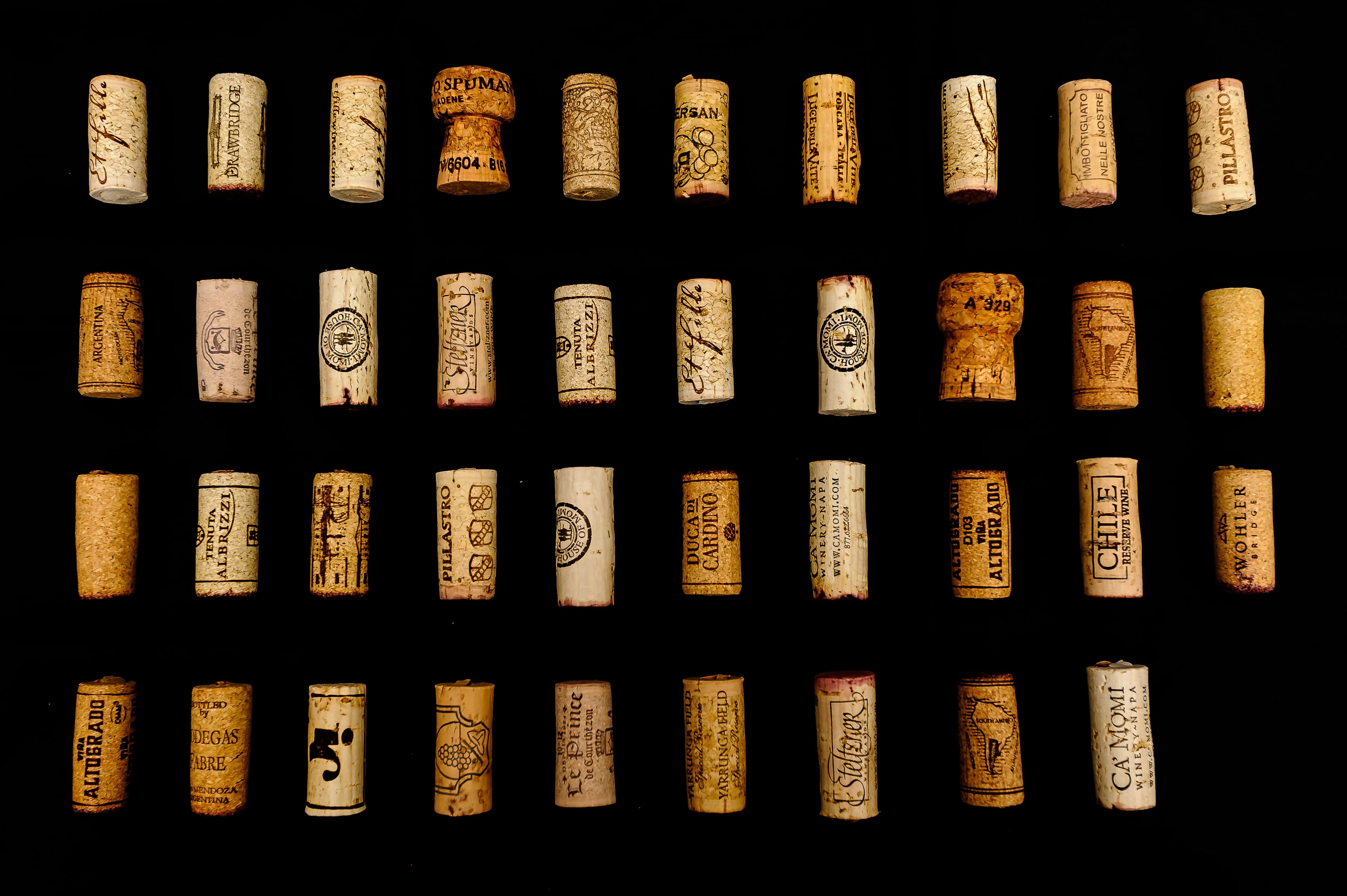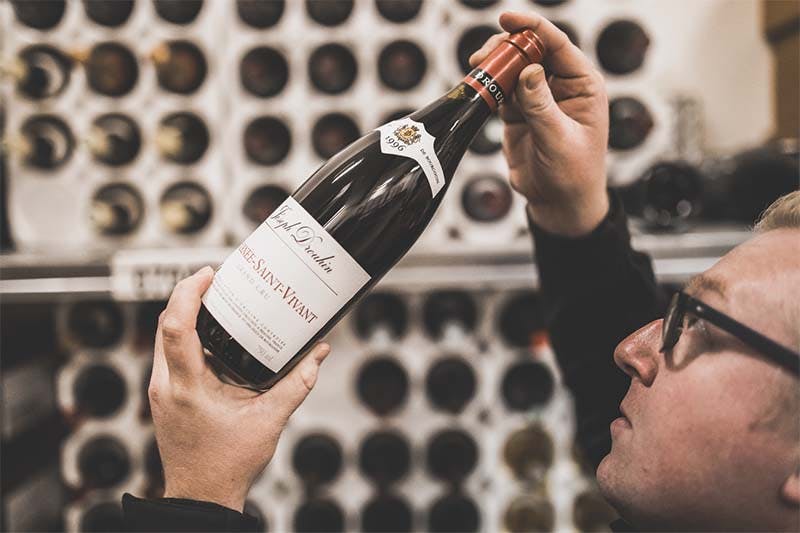How Wine Ratings and Wine Critics' Scores Work
8 min read
Head of Content

We often see on the wine merchant’s website, that a wine was rated for 93 points, or in the supermarket, some bottles have the stickers of gold medals from wine magazines. A 90+ points wine is supposed to be good. But have you wondered what kind of criteria the wine has to meet, to be scored for 90 points? And how does the wine rating system work? The wine ratings are the most direct way for wine critics to express their judgment on a wine's quality, which is often presented in two parts: the numeric score and the tasting notes. The purpose of wine score, or wine rating, is to assist customers and collectors in deciding which wines to purchase. For this nature, wine ratings can be a great marketing tool for wine producers and wine merchants.
Generally speaking, the tasting is conducted by wine critics and a panel of wine experts of the wine media, without any sponsorship, to ensure the objectivity and credibility of the wine rating. The rating process is designed to assess different quality determinants of wine, including aromas, tastes, and the potential of aging. Most wine critics and wine magazines adopt a 100-point scale to score the wines, which was popularized by the renowned American wine critic Robert Parker, but the traditional 20-points scale is used by some European critics such as Jancis Robinson and Bettane & Desseuve.
Robert Parker and Wine Advocate

Robert Parker is the most influential and probably the most controversial wine critic in history. Holding a Juris Doctor degree, Parker started his professional life as a lawyer. During his trip to Alsace, Parker found his interest in wine. Parker began writing a wine guidebook in1975 with the intention of writing about wine without the conflicts of interest that might taint the opinions of other critics who also make a living selling wine. 1978, he launched The Baltimore-Washington Wine Advocate, a direct-mail newsletter that was later renamed The Wine Advocate.
Parker gained international attention when he claimed the 1982 vintage Bordeaux to be superb, despite the contradictory views of many other critics. The vintage turned out to be among the highest price of all Bordeaux great vintages. Parker is known to favor wines that are rich, intense and robust. His ratings of wines from Bordeaux, Napa Valley, and Rhone Valley are often considered as the benchmark of the quality of the wines and producers.
As the evangelist of the 100-point scale, Robert Parker scores wines from four aspects: 5 points for color and appearance; 15 points for aroma; 20 points for the taste, which includes the concentration of the flavor, balance, complexity, aftertaste of the wine; lastly, 10 points, for the overall evaluation, including aging potential and development. All wines start at 50 points, with each part being scored separately, and the total score added up.
Robert Parker/ Wine Advocate 100-point wine-scoring scale:
96-100: Extraordinary
90-95: Outstanding
80-89: Barely above average to very good
70-79: Average
60-69: Below average
50-59: Unacceptable
After his legendary career life, in 2019, Parker announced his official retirement. However, his approach to wine rating still has a huge influence on the younger generation of wine critics and wine professionals. The Parker score remains the reference standard in the fine wine market.
Jancis Robinson

Starting her career as assistant editor at Wine & Spirits magazine, the British wine critic and journalist Jancis Robinson is another significant figure in the wine industry. She obtained the title of Master of Wine in 1984, as the first person outside of the wine trade being rewarded this honor. As a wine writer, Robinson published several comprehensive, encyclopedic wine literatures. Robinson is the editor of the Oxford Companion to Wine and co-author of The World Atlas of Wine with Hugh Johnson. In 2003, Queen Elizabeth made her an Officer of the British Empire (OBE), and she is now an advisor to the royal wine cellar and a contributing author for Financial Times.
Jancis Robinson assigns wine ratings based on how the wine appeared at the time of tasting as well as its potential to improve with age. Unlike Robert Parker, she adopts a 20-point scale of wine rating. Known for her rigorous wine rating, Jancis Robinson seldom rated a wine above 18 points.
Jancis Robinson’s 20-point wine scoring scale:
20: Truly exceptional
19: A humdinger
18: A cut above superior
17: Superior
16: Distinguished
15: Average
14: Deadly dull
13: Borderline faulty or unbalanced
12: Faulty or unbalanced
James Suckling

The former Senior Editor and European Bureau Chief of the prestigious wine magazine, Wine Spectator, James Suckling is another one of the most influential wine critics in the world. After finishing his journalism degree, he became interested in the world of wine under his father's influence. Initially applied for a contributing writer position of Wine Spectator, Suckling joined the magazine in 1981, which back then, had only 800 subscribers. During his tenure at Wine Spectator, Suckling sampled an average of 4000 wines per year, half of which were Italian. Some he tasted on-site at the relevant wineries, while others he tasted blind in office in Italy. In October 2010, Suckling launched the website JamesSuckling.com, stating that it would primarily feature video content featuring "key wine figures from around the world."
James Suckling rates wines with a 100-point scale, both during his time at Wine Spectator and after he started rating solo. Having an affinity for Italian wines, Suckling also publishes his selection of the greatest wines from Italy. However, he has been known to dismiss New World wines, referring to them as "jam juice".
The influence of wine ratings
Price
Critics' scores serve as a marketing tool for wine producers and wine merchants. Bordeaux En Primeur, for example, the wine critics assess the wines while they are still in barrels. After the scores get published, negociants adjust the price based on the critics’ score. The perfect examples of the immediate price change after the new release of wine ratings will be Château Smith-Haut-Lafitte and Château Léoville Poyférré. The former saw its price of the 2009 vintage red skyrocket within two weeks after receiving 100 points from Robert Parker. Château Léoville Poyférré, second growth of Grand Cru Classe Bordeaux, on the other hand, increased its primeurs release price from 60 euros to 175 euros after receiving a score of 100.
Market trend & taste preference
Because of the huge influence of the wine critics, the critics' scores, oftentimes, sway the consumers’ choice. The perfect example of wine critics shaping the market trend and the taste preference of the wine industry is the “Parker phenomenon”. Known for his fondness of robust, rich and powerful wines, Robert Parker set the global trend of wines from Bordeaux, Napa Valley, Rhone, and Rioja. The consumers hyped for a wine rated over 90 points by Parker, the producers, in order to get the good grace of him, and the consumers led the wine style towards that direction. Although in recent years, the preference from one single wine critic has less weight on the general trend, the influence of wine critics, especially on certain regions cannot be overlooked.
Development of the wine region
Some regions and grape varieties benefit from the Parker taste, while others remain unseen. The wine critics hold sway on the choice of consumers, and further, shape the development of the wine region. This is a double-edged sword, on one hand, the success bring by the high scores pushed the wine producers to continuously raise the quality of the wines. On the other hand, for those unchosen ones, it takes more effort to get recognized by the market. Furthermore, to please the palate of influential wine critics, some wine producers abandoned the traditional style of the region and make wines that are easier to get high scores, which lead to the homogenous style of different regions around the world.
Limitations
Taste is a subjective thing
The rating process is a composition of two parts: the objective assessment of the quality, and the subjective sensorial experience. With the objective, systematic approach of quality assessment, wine critics can provide professional opinions on the quality aspects of the wine, such as the overall balance, the typicity, the complexity etc. However, the sensorial experience of wine tasting is subjective. That is why normally we do not find consensus on some particular wines from different critics.
Wine is always evolving
The wine evolves with age. Some wines get tasted multiple times at different stages of their evolution. But in most cases, the wine was only tasted and scored once by the same critics, and often upon its release.
Wine ratings do not represent the full picture of wine world
Individual wine critics can taste hundreds of wines in a short period of time, and Wine Spectator rates 16,000 wines each year. While these figures are impressive, they are only the tip of the iceberg of all the unique wines that are produced every year worldwide. There are numerous wines, usually from lesser-known regions or smaller producers, never get tasted and rated. Among those are rated, only high score wines are published. You will never see a 5 points wine being marketed for its score.
Share this article











